[PConline News] Some time ago Samsung had planned to spend $70 million to acquire QD Vision, an American quantum dot company. On November 23, the director of the Samsung Electronics Institute of Technology, Jeong Yeon-hyun, also made a public announcement. Samsung may only receive QD Vision's fixed assets such as machinery, equipment, and land, and incorporate it into related technology research and development departments, instead of taking over its existing business.
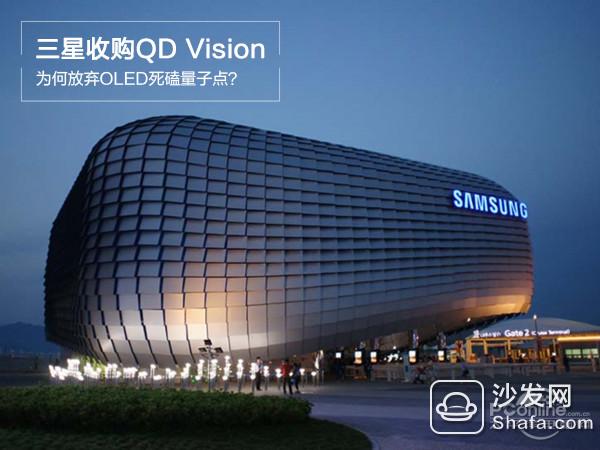
QD Vision, a company founded in 2004, specializes in quantum dot display technology and has a very high status in the field of color TV. It is even known as the "Father of Quantum Dot Display." In particular, QD Vision's expertise in cadmium-free QD technology and materials has been adopted by color TV manufacturers such as Samsung, Philips, Hisense, and TCL. Today's QD TV camp has grown to such an extent that it cannot be ignored.
Small screen sticks to OLED, big screen captures QLEDSamsung’s acquisition of QD Vision indicates that it has taken a firm step on the QLED TV line. It is curious to see why Samsung is steadfast in investing in OLED technology in the small-size panel space. However, in large-scale applications, it has abandoned OLED switching to QLED technology. Today we will take a good look at the direction of the Samsung display panel.
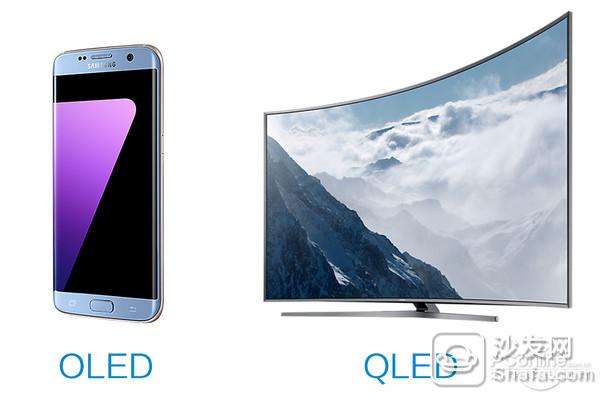
In OLED screen technology, Samsung's biggest competitor is LG. Samsung focuses on RGB OLED technology, while LG focuses on WRGB OLED technology. The former is more difficult in process technology than the latter. Samsung has adopted RGB OLED technology in its Galaxy flagship. After repeated iterations, Samsung's AMOLED screen has become very mature. It is said that the future iPhone screen will also adopt OLED display, although LGD, Sharp, and even BOE are domestic Competition for Apple OLED orders, but obviously Samsung's technical advantage is the largest.
However, in the big screen area of ​​Samsung TV, it is another scene. Three years ago, at CES, LG, Samsung, Sony and Panasonic all showed their OLED TVs in a high-profile manner. At that time, Samsung invested heavily to capture the market and even dropped the price of OLED TVs by about 40%. Then it was good for a year. At CES 2014, Samsung suddenly shifted from OLED TVs to QLED TVs. Until now, Samsung’s flagship TVs still use QLED technology.
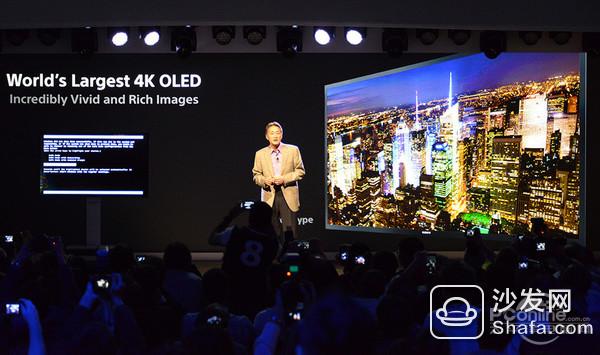
In the period of capturing the OLED TV market, Samsung and LG have lingered for 3 years of OLED patent dispute. Sony and Panasonic also invested a lot of money to research OLED solutions. The industry agrees that OLEDs must be the direction of future display technologies. But in the end, only the LG family. Later, LG introduced a modified version of WRGB OLED, which is a compromise.
The debate about large-screen OLEDs has never stopped. Why is it being "deprecated" by so many companies? The most fundamental reason is that this product is not suitable for large-screen commercial applications in the short term.
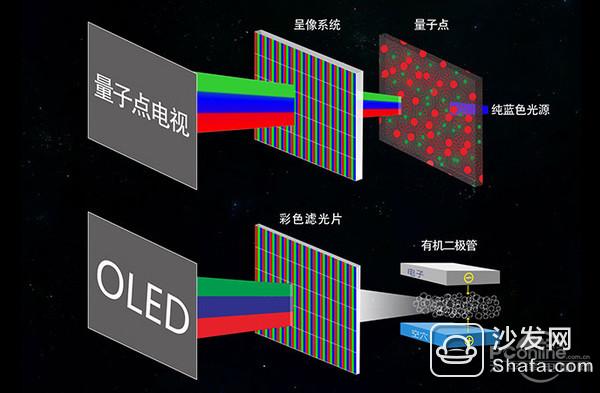
Some people think of OLED as an early plasma technology, which is obviously very one-sided. Plasma is a voltage-applying phosphor that is prone to "burn-in" phenomena. However, OLED technology uses organic light-emitting diodes. The possibility of permanent burn-in is very low, but today's technology cannot treat it after long-term use. There are certain opportunities for aging.
Almost all self-illuminants will have similar problems. The AMOLED screen on mobile phones has controlled the “burning†phenomenon for 2-3 years, but the replacement of mobile phones is much faster than TV. I remember that in August of this year, Samsung "provoked" LG for this issue, saying that Samsung's LCD screen "burn screen" can enjoy a 10-year warranty. From the display principle, the probability of a passively glowing liquid crystal television burns is very low.

The imperfection of these technologies, coupled with high costs, many panel and TV manufacturers are not very willing to pick up this waters early. Although LG is actively solving various technical defects, it is very difficult to solve problems and popularize products in a short period of time. Still need to wait some years.
Whether you can hold the girders or not is not necessarily the ultimate in technology. Samsung TV sales have been leading the world for 10 consecutive years. As such a big brother in the display industry, its own business strategy may become the wind direction of the entire industry. Samsung regards QLED as such, at least for now, QLED's prevailing wind has to be scraped for a long time.
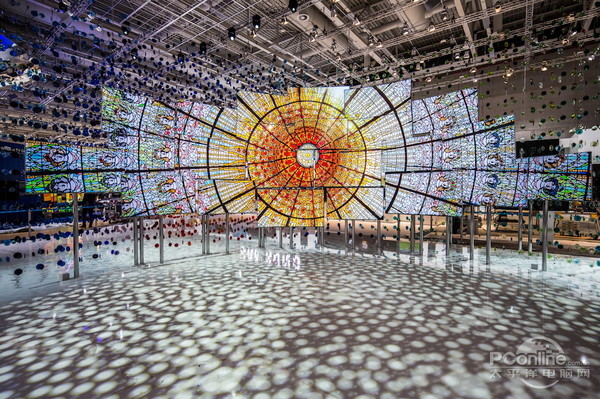
Of course, Samsung's vision has always been good, and the observation of the market is extremely acute. Although Samsung is not an absolute leader in the industry's technology trend, Samsung's shadow will definitely not be lost in every wave of technology and it will be a huge success. The South Koreans once mocked three things that they could not avoid in their lives: death, taxes, and Samsung.
Samsung's choice of QLEDs also reflects its wisdom in knowing the laws of the market. Samsung not only acquired QD Vision, but is also a major investor in Nanosys, a German company with more than 300 quantum dot technology patents.

It is not denied that OLED TVs will represent the future, but current LCD TVs are still experiencing rapid development. The cost of manufacturing a QLED is much lower than that of an OLED, and it is not much more expensive than an ordinary LCD panel. Quite often in the general consumer market, QLEDs are better enjoyed by consumers because they have better picture quality than ordinary LCD TVs and are cheaper than OLED TVs.

In principle, OLEDs have inherent advantages in dynamic response, black field performance, and screen thickness. However, QLEDs are not weak chickens. In terms of better color performance, higher definition, thermal stability, service life, use efficiency, and so on, QLEDs have to be dominant. In particular, with the development of HDR technology, QLEDs are able to bring a higher brightness range and allow HDR to play better. For example, this year's Samsung flagship TV KS9800 has a peak brightness of 1000nit, and Sony's Z9D has a terrible 4000nit peak brightness.
Of course, why Samsung did not insist on large-screen OLED, do not rule out the problem of LG technical barriers, Samsung's research on large-scale OLED or LG's. Now LG's OLED technology is constantly laying aside and begins to seek cooperation with more TV manufacturers.

Last year, LGD released the OLED patent blockade, opening up all patents for OLED display panels until 2020. The OLED industry alliance has also been established in China. Domestic TV manufacturers such as Skyworth and Konka have already begun to actively deploy OLEDs.
Summary: Whether it is the current Samsung acquisition of QD Vision, or the earlier LGD's lifting of the OLED patent blockade, the entire industry has shown a good atmosphere of full integration of the industrial chain. OLEDs may still be a distant future for today, but the QD TV camp is just around the corner. In addition, Samsung’s focus on quantum dot TVs in the past few years and the expansion of the quantum dot market do not mean that it has completely abandoned OLED TVs. On the contrary, Samsung is also currently looking at the difficulties of RGB OLED technology. The current upsurge of death and the tightening of the wind in the future are the means by which Samsung quickly competes for the market.
Residual Current Circuit Breaker With Over Load Protection
TWO FUNCTION : MCB AND RCCB FUNCTIONS
leakage breaker is suitable for the leakage protection of the line of AC 50/60Hz, rated voltage single phase 240V, rated current up to 63A. When there is human electricity shock or if the leakage current of the line exceeds the prescribed value, it will automatically cut off the power within 0.1s to protect human safety and prevent the accident due to the current leakage.
leakage breaker can protect against overload and short-circuit. It can be used to protect the line from being overloaded and short-circuited as wellas infrequent changeover of the line in normal situation. It complies with standard of IEC/EN61009-1 and GB16917.1.
RCBO,ELCB,Leakage Circuit Breaker,Residual Current Circuit Breaker,Residual Current Circuit Breaker with Over Load Protection 1p,Residual Current Circuit Breaker with Over Load Protection 2p
Wenzhou Korlen Electric Appliances Co., Ltd. , https://www.zjmannualmotorstarter.com
